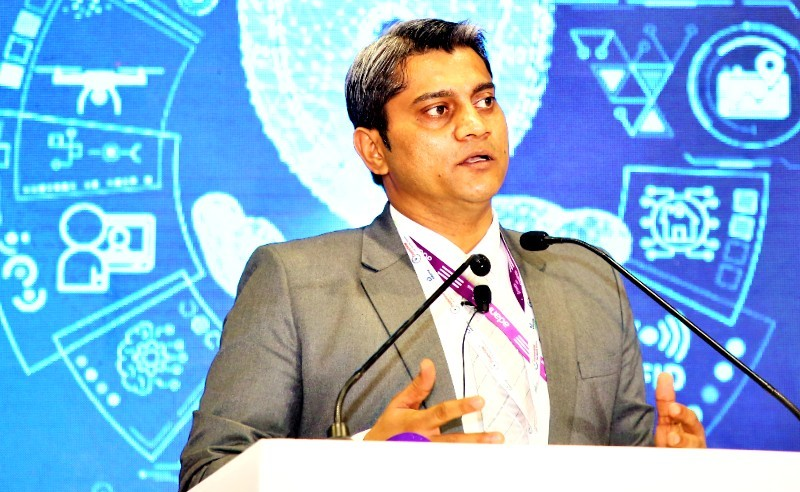In an illuminative interview with Geospatial World, Dr Gaurav Singh, Head-Automation and Projects at Adani Group, sheds light on the significance of Digital Twins in India’s infrastructure development and the challenges and opportunities associated with their widespread adoption.
Transforming India’s Infrastructure Development
Digital Twins, at their core, create virtual replicas of physical assets and systems, intertwining various technologies to allow for seamless communication between systems.
This continuous flow of data provides real-time insights, fostering better decision-making across both public and private sectors.
The technology stands as a beacon for managing knowledge effectively, particularly in infrastructure projects where continuity among phases often lapses due to the change in personnel.
Dr. Singh emphasizes the revolutionary potential of Digital Twins in infrastructure projects,
He remarked saying, “Digital Twins can transform infrastructure projects by providing real-time, digitized data that is accessible to all stakeholders on-site. This innovation could prevent common issues such as accidental damage to utility lines during construction, showing the practical benefits of Digital Twin technology in day-to-day operations.”
The swift adoption of Digital Twins in India, spurred by Indian Govt. openness to technology, signifies a promising trajectory towards modernized infrastructure management.
Overcoming Challenges for Widespread Adoption
Despite the evident advantages, the widespread adoption of Digital Twins faces significant hurdles, primarily in change management. The technology’s implementation requires buy-in at all levels, not just from top officials and industry leaders.
Dr. Singh points out the necessity for seamless system communication, interoperability, and knowledge management as crucial elements in overcoming these challenges.
Addressing the discontinuity between project managers and operational staff in long-term projects, he states, “Digital Twins promise a seamlessly integrated system that ensures meticulous knowledge management and operational efficiency. Inclusive workshops showcasing the benefits would improve technology adoption across the board.”
The Role of Spatial Information
Central to the Digital Twin strategy is geospatial technology, described by Dr. Singh as the “backbone” of Digital Twins.
This technology layers information to visualize systems and guide decision-making. It’s indispensable in various sectors, including construction, energy, and urban planning, providing a foundation upon which modern development stands.
He adds on, saying,” Digital Twins rely on layers of information to visualize systems and guide decision-making. Whether it’s roads, airports, buildings, or entire townships, real-time geospatial data is crucial. You can survive without it, but you can’t thrive.”
The collaboration between government and industry is vital for driving progress in this domain. The release of the Digital Twin strategy marks a vital step forward, indicating a future where real-time data on resources, personnel, and infrastructure components are readily available.
Geospatial tech like Digital Twins, thus, becomes a cornerstone of this ambitious vision, highlighting its indispensable role in shaping the future of infrastructure development. By addressing the challenges and fostering collaboration, this technology can pave the way for a more efficient, data-driven future.








